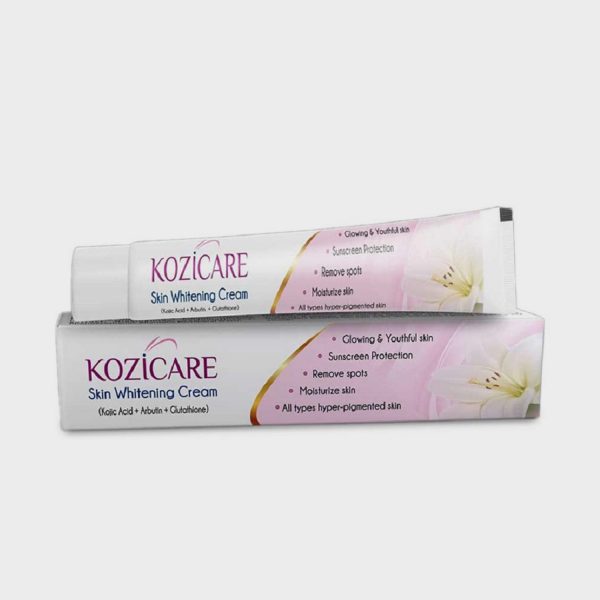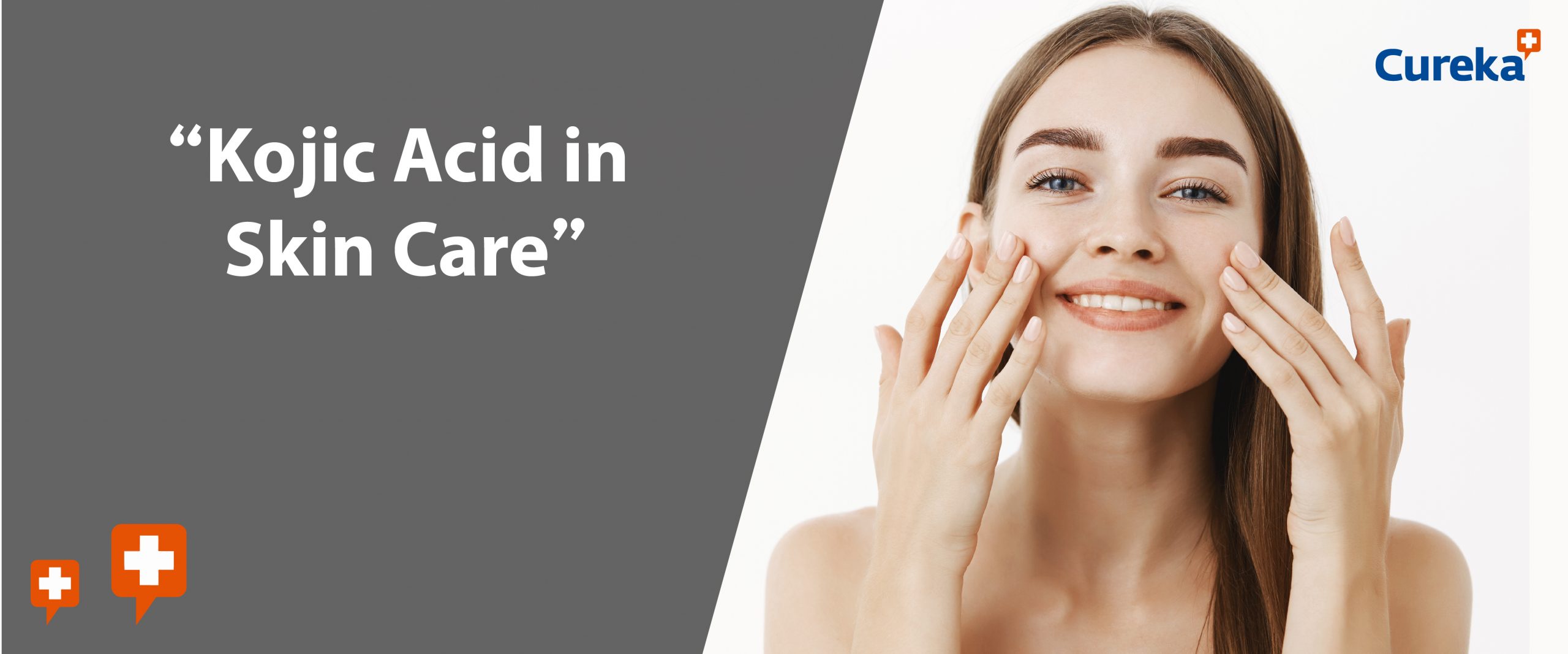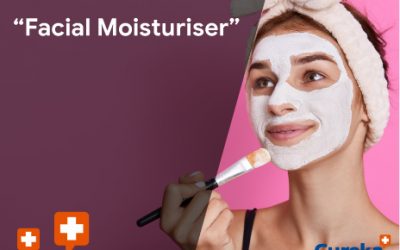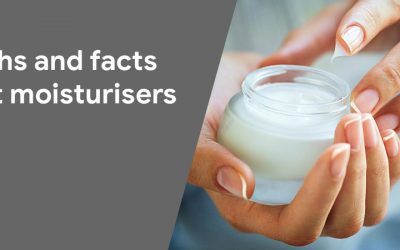Kojic Acid in Skin Care
Even skin tone is what everyone wishes for!! The market is filled with many day and night creams to serve the purpose. These creams decrease sun tan and minor blemishes giving the skin a refreshed look. Amidst the list of skin lightening agents used in many creams, kojic acid based cream tops the list in being safe and effective.
Kojic acid is derived from fermented rice and is produced by certain fungi. It is commonly used in concentration of 1 to 2%. It acts by blocking the enzyme responsible for formation of precursors needed for melanin i.e., the skin pigment production. It is available as creams, serums, body lotions, soaps, cleansers, masks and peels.
Soaps and cleansers are short contact treatments hence are less effective compared to creams, but irritation is less.

Creams are the most common form available, in different strengths, usually in combination with other skin lightening agents, antioxidants and plant extracts. Day creams are formulated with sunscreens and vitamin C for added sun protection.
Kojic acid (KA)is a potent inhibitor of melanin production and hence a good skin lightening agent. Results may be seen as early as few weeks. It is not cytotoxic, that is, it does not kill pigment producing cells, hence safer, but needs to used longer to maintain results, as melanin continues to form after the inhibition of enzyme by KA is stopped. Added Sunscreens and antioxidants in KA creams help in decreasing melanin.
Exfoliating agents like glycolic acid increases penetration of kojic acid, sheds upper layers of skin with pigment thereby hastening results. The downside of kojic acid is the irritation and allergy seen in some patients. Irritation is seen in people with thin and sensitive skin, sensitive areas like around eyes and mouth and in higher concentration.
Best approach to use, try it in less sensitive areas first as short contact treatment by washing it after an hour. Gradually increase contact time and move to more sensitive areas. A moisturiser can be applied before applying cream to correct any barrier damage or irritation.
It is better to consult a dermatologist in case of persistent pigmentation as certain skin pigmentary changes are due to skin diseases which have to be treated appropriately in addition to lightening agents for best results.














